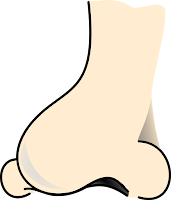AZ Pandemic in Numbers for the Week Ending Jan 30

Here are the numbers for the week just ended: All the numbers are headed in the right direction, and the one-week and four-week change are both negative, indicating that we're over a hump. The one-week increase in vaccinations last week was 1.58%, whereas this week it's 2.58%, indicating that we are picking up the pace on that front. You might remember that last week there was concern that different numbers weren't adding up. For example, some hospital stats were still increasing even though new cases were falling. More Reliable This week, there is more confidence that the downward trend is genuine. Hospital usage is trending down (although utilization remains high). New cases per 100K 7-day average is trending down for every county except Apache and Graham. As noted in an earlier post , those counties contain reservations, which have been getting hammered since summer. Variance is decreasing on several of the measures too. Here is positive test percent for that las















